Want to know how important crossovers and sports utility vehicles have become to Honda? This new Honda ZR-V review is of a brand new hybrid SUV – the brand’s third – to fit the fag-paper-thin gap between HR-V and CR-V.
Yes, you’ll soon be able to choose from three jacked-up family wagons wearing an H badge. It’s a sign of the times. Why? Well, Honda points out that 7% of UK new-car sales in 2010 were SUVs, swelling to 57% in 2023. It’s a staggering growth rate explaining why the Japanese car maker simply had to jump on the hybrid SUV bandwagon and create every which flavour of crossover.
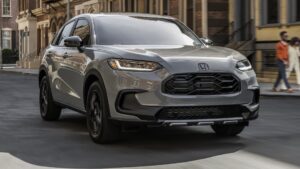
What is the Honda ZR-V?
This is a new nameplate for Europe, but the ZR-V has in fact been on sale elsewhere in the world since last year. It’s a global model that’s been tuned for EU sale, to ensure emissions, safety and dynamic criteria are suitable for this continent’s more varied requirements.
It’s a familiar trope: a tiptoes-stance crossover stretching to 4568mm long, making it a direct rival to the Nissan Qashqai, Kia Sportage and their ilk. No folding third row of seats here; this is a five-seater with decent space for four passengers, five at a push and a modest 380-litre boot.
Riding on a modified Honda platform combining the best bits of the Civic and CR-V, the Honda ZR-V is resolutely front-wheel drive and will dispense with pure petrol options sold elsewhere in the world in preference for a pure hybrid line-up in the UK when sales kick off in autumn 2023.
Engines, specs, model line-up
The new 2023 Honda ZR-V has a simple UK line-up: just the 2.0-litre e:HEV powertrain is offered in one state of tune, paired to a choice of three trim levels:
- Elegance Keyless entry and ignition, heated front seats, rear parking camera, auto lights and wipers, dual climate control standard on all models
- Sport Adds half-leather seats, power tailgate, privacy glass, wireless phone charger, sportier body styling
- Advance Full leather upholstery, panoramic opening sunroof, electric seats, heated steering wheel, head-up display, heated rear seats, adaptive headlights
Prices start at £39,495 and order books open in July ahead of first customer deliveries in October 2023.

How does the Honda ZR-V drive?
Approach the ZR-V for the first time and it’s very obviously a modern Honda crossover. It’s like the greatest hits of Civic, HR-V and new CR-V with neat, inoffensive styling. Entry is easy and you sit in a modestly raised-up crossover bodyshell, with a decent view out the front and admirably thin windscreen pillars (the thick C-pillars obscure rather more of your over-the-shoulder view at the rear end).
Keyless entry is standard across the board, so you climb in, prod the start button and the Honda ZR-V is silent. It’s hybrid only and there’s some clever e:HEV tech at play that’s worth explaining.
It’s essentially an identical powertrain to the Civic’s, with a relatively large 2.0-litre Atkinson cycle petrol engine that is used to charge the small 1kWh onboard battery that powers the front wheels. Hence the ZR-V drives as a silent EV around town and the engine is used to top up the battery most of the time, a bit like a range-extender (REX).
However, where the ZR-V differs from a true REX is that a clutch closes at higher speeds (typically above 50mph) to engage drive to the wheels directly. Depending on the state of charge, rate of incline and need for torque, the 2.0-litre petrol can be called into action whenever more thrust is needed, aided and abetted by the 135kW electric motor.
Sounds complicated… does Honda’s e:HEV hybrid work?
Happily, yes. This is one full hybrid car that doesn’t require a degree in electronics to work or any excuses to live with: simply climb in, prod the D button and drive away. There is no traditional gearbox in the Honda ZR-V and the system instead phases drive from the electric motor to replicate gear changes; around town, it’s mostly silent; spear off on to your favourite back road and the engine is tuned to rise and fall to sound like a conventional ICE car.
Sounds a bit complicated, works well in practice. Relying predominantly on electric motive power and some clever tuning of kilowatts and decibels means that the Honda ZR-V avoids the kind of mooing and soaring revs that have blighted most full hybrids since the genre was first invented with their elastically geared CVT gearboxes a quarter of a century ago. Honda was in the game early on with its radically styled Insight, remember. It’s got oodles of experience here.
The powertrain is delightfully smooth, the ZR-V gliding along in town, not feeling out of place once you hit the open road. It’s no fireball, but with a combined 182bhp and 232lb ft of thrust, it’ll play a sporty-ish crossover when you’re on the open road. From rest to 62mph takes 7.9sec on the Sport model (a tenth quicker than the heavier top-spec Advance) and who cares that top speed is capped at 107mph?
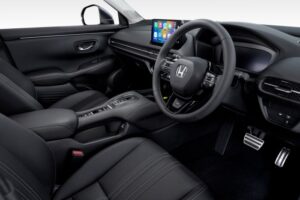
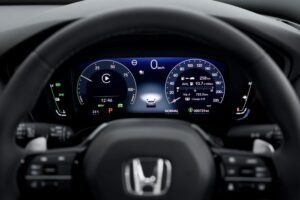
What’s the ZR-V’s interior like?
It’s admirably roomy for a family crossover. The interior has a distinctly Civic quality to it: it’s logical and the mesh air vent cover running the full width of the cabin works well. Pleasingly, three knurled buttons control the temperature and fan speed, meaning the touchscreen runs the infotainment and nav, rather than too many car everyday creature comforts. The digital screen is pretty logical to use, but we preferred Apple CarPlay to the native mapping (tellingly, so did Honda on the launch routing).
Quality is first-rate and there’s some welcome squish to the dashboard mouldings and armrests (now with added glister from a mix of glass in the thermoplastic recipe). One word of warning: top-spec Advance brings a pano sunroof as standard and it seriously hammers rear headroom. Elegance and Sport models have roomy rear seats, but the range-topper does not. Avoid if you regularly carry tall adults or teenagers in the back seats.
Ride and handling
The Honda ZR-V is super-relaxing to drive. The e:HEV powertrain is whispery quiet most of the time and this calm ambience is matched by a quiet, well judged ride. We tested the car on smooth Spanish roads, but even when we encountered more broken tarmac in the mountains above Barcelona, it blurred away the worst corrugations.
It feels very like the Civic (surprise, surprise) with a grown-up plump to proceedings. There’s little in the way of steering feel, but the helm is precise and quick to act, while the body control is fine for a car of this ilk. Lean on the chassis in corners and the body rolls a fair bit but we’d say the suspension is well judged for a family crossover.
Metallic-effect paddles mounted behind the steering wheel increase or decrease regenerative braking, though this effect is pretty modest and a long way from the one-pedal driving many EVs offer nowadays. Note to self: the only other Honda with metal shifters of recent times is the now-defunct NSX!

Verdict
The Honda ZR-V enters a fiercely competitive marketplace with an astonishing 25 rivals, according to Honda. It is going to have to be seriously good to carve out a niche of its own in this crowded segment – but on this evidence, it has hit the jackpot.
What makes the ZR-V stand-out? That e:HEV hybrid powertrain is mighty clever: it’s easy to see why the Civic thus powered is the reigning Car Of The Year at our sister website Parkers.co.uk. It’s simple to operate and proves remarkably effective – we averaged 48mpg on a day blasting around the congested Barcelona cityscape, along high-speed autopistas and up and down twisting mountain passes. That’s exactly matching the combined WLTP figures and we’d say an easy 50-60mpg is a realistic prospect in more humdrum daily driving.
That the Honda ZR-V packs the brand’s usual build quality and no-nonsense attributes seals the deal. Here is a car that won’t set an enthusiast’s pants on fire, but that should deliver years of solid, sensible family transport with a dash of clever, think-different Honda engineering. It’s the thinking man’s Qashqai.
Source: car magazine


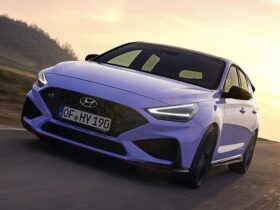

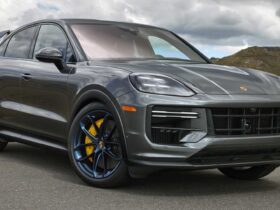
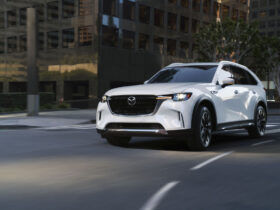
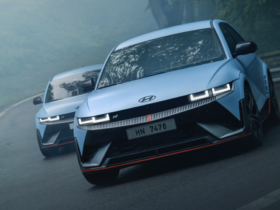

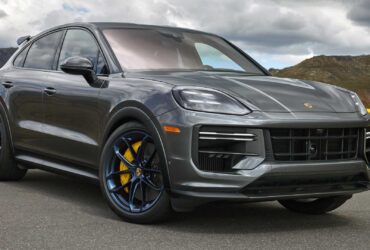
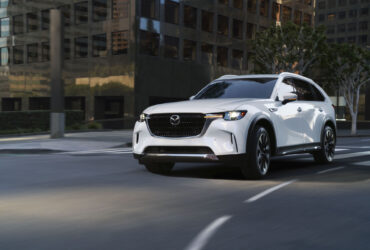
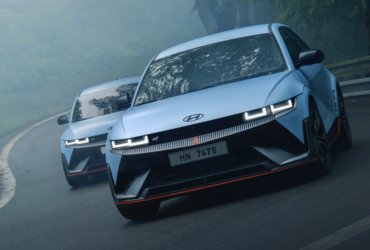

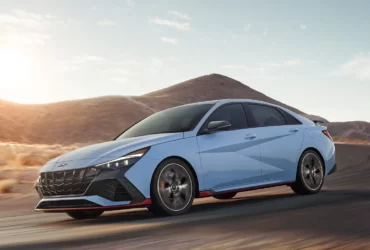
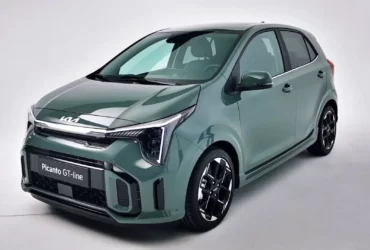

Leave a Reply